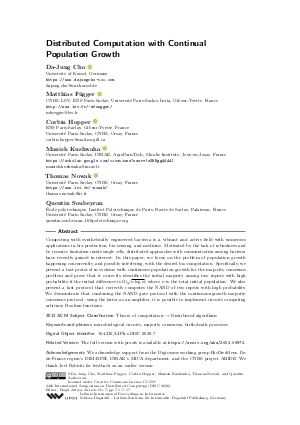LIPIcs.DISC.2020.7.pdf
- Filesize: 1.02 MB
- 17 pages

 Creative Commons Attribution 3.0 Unported license
Creative Commons Attribution 3.0 Unported license





























Feedback for Dagstuhl Publishing